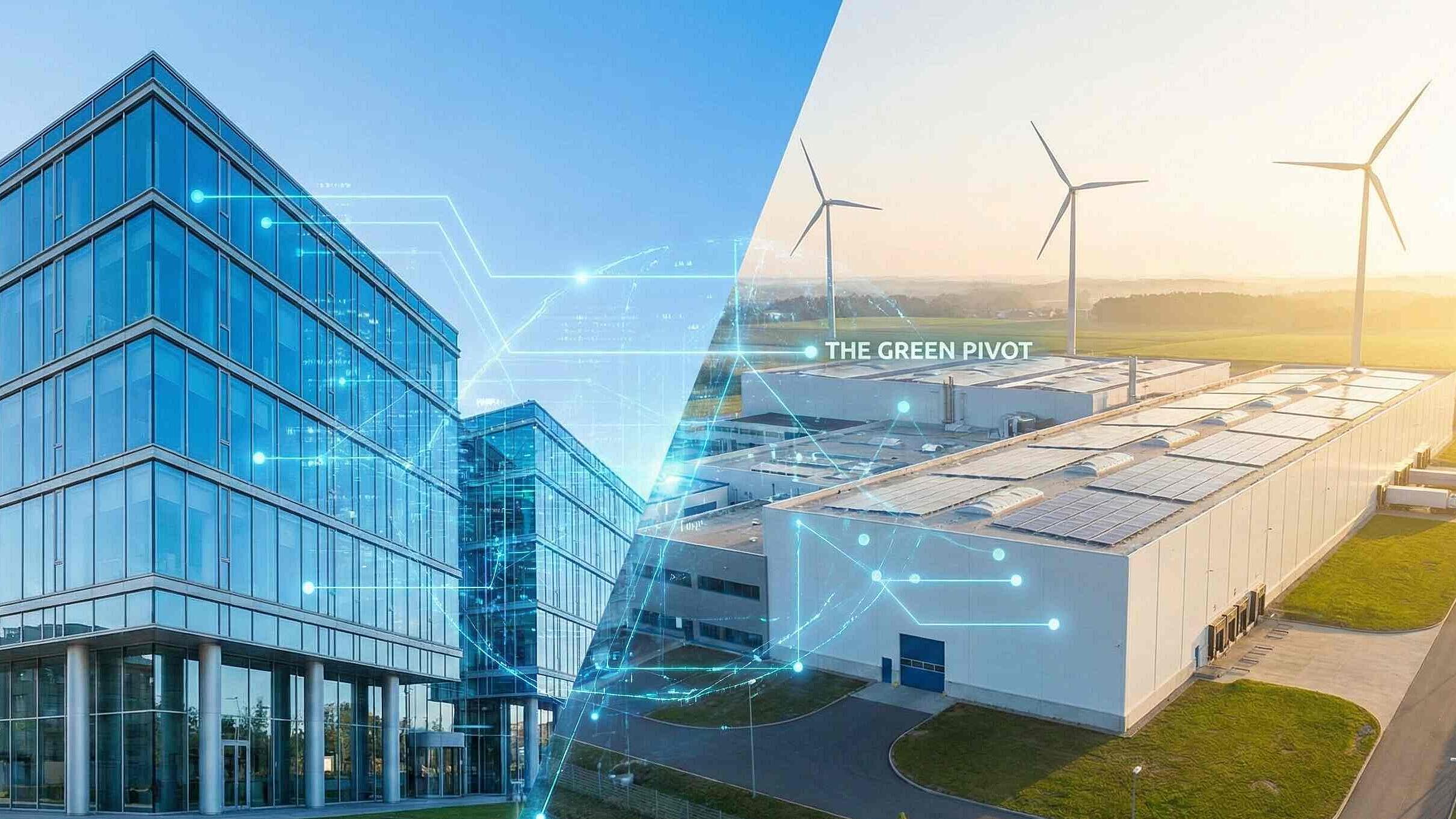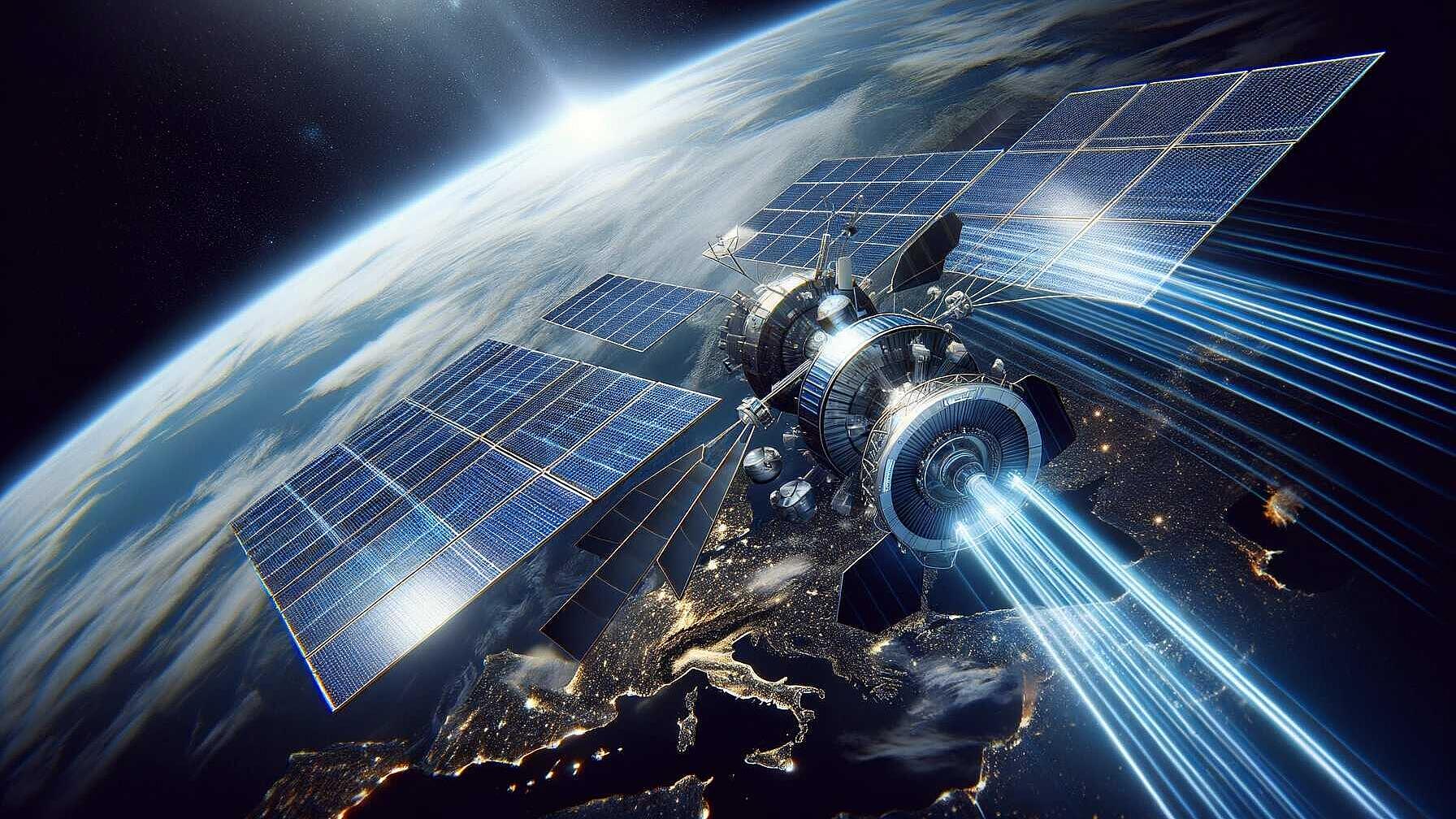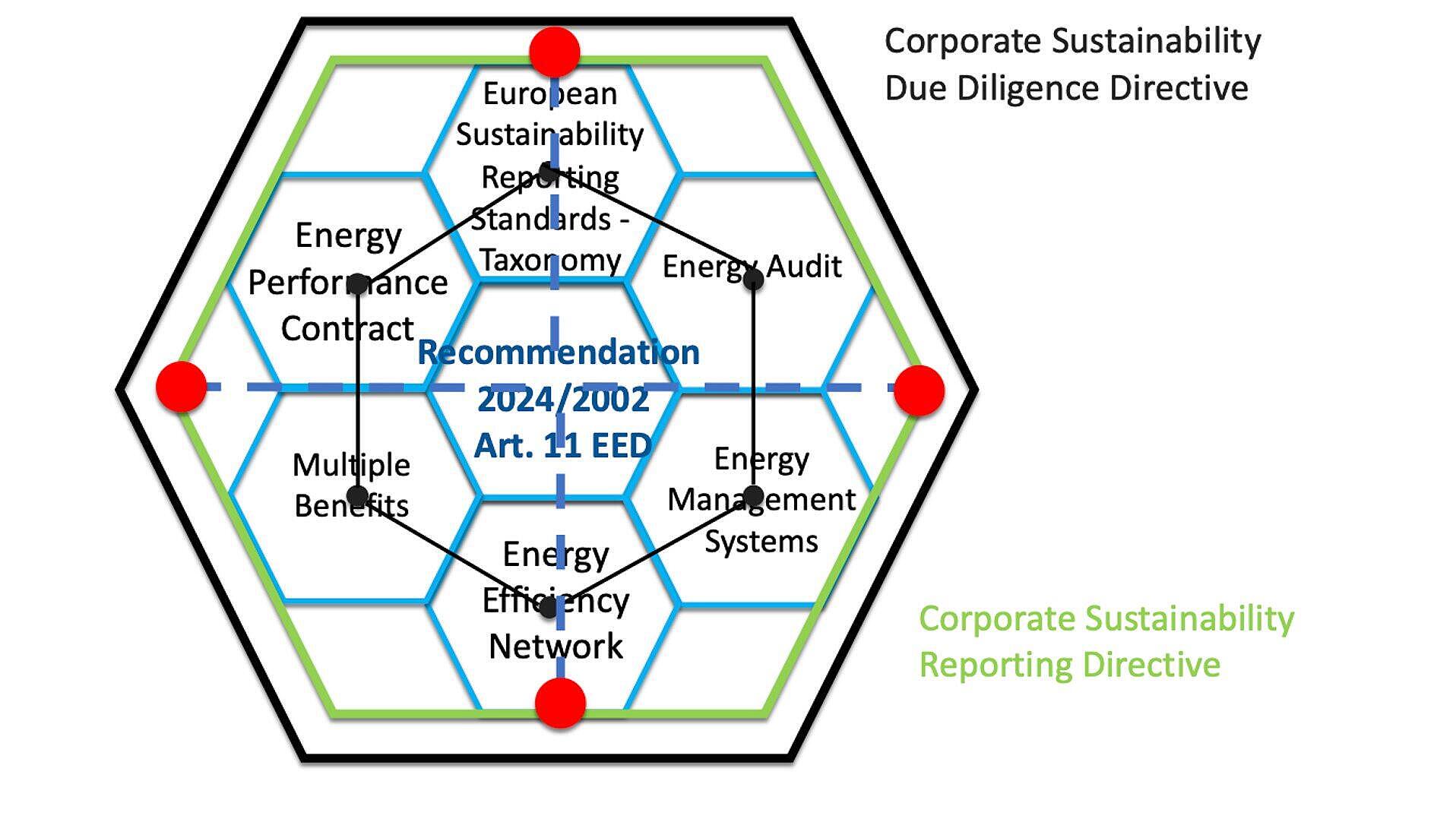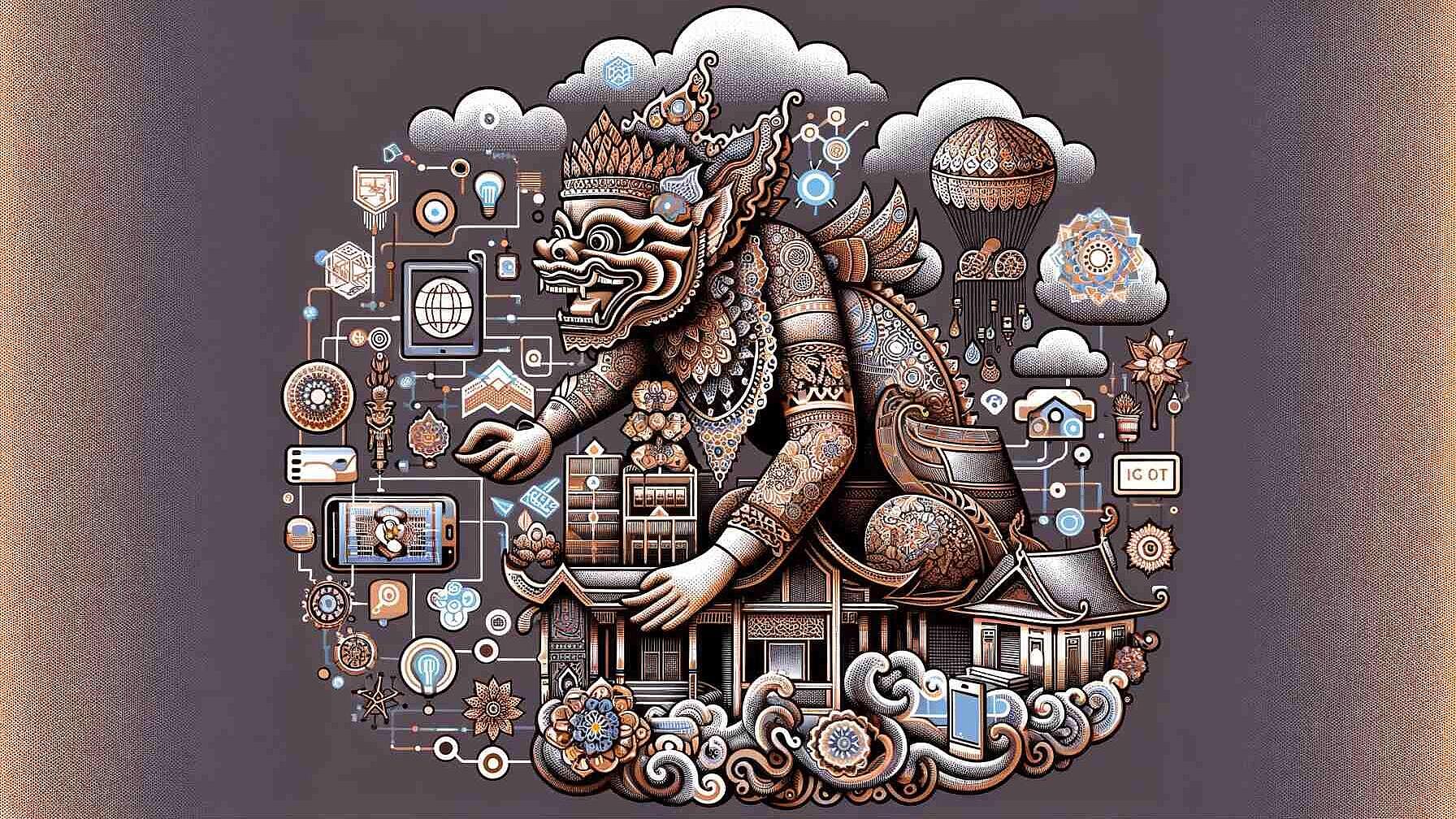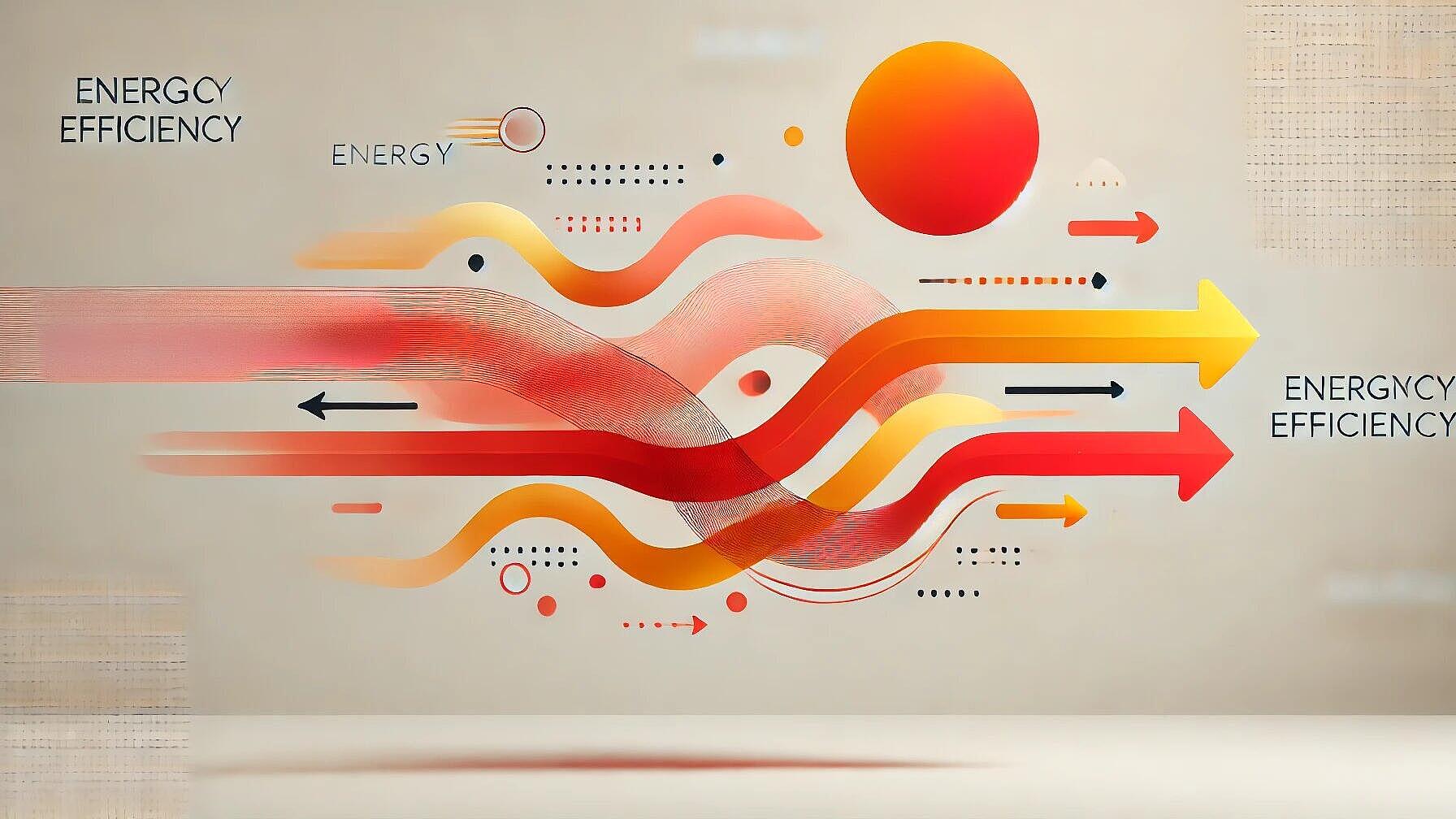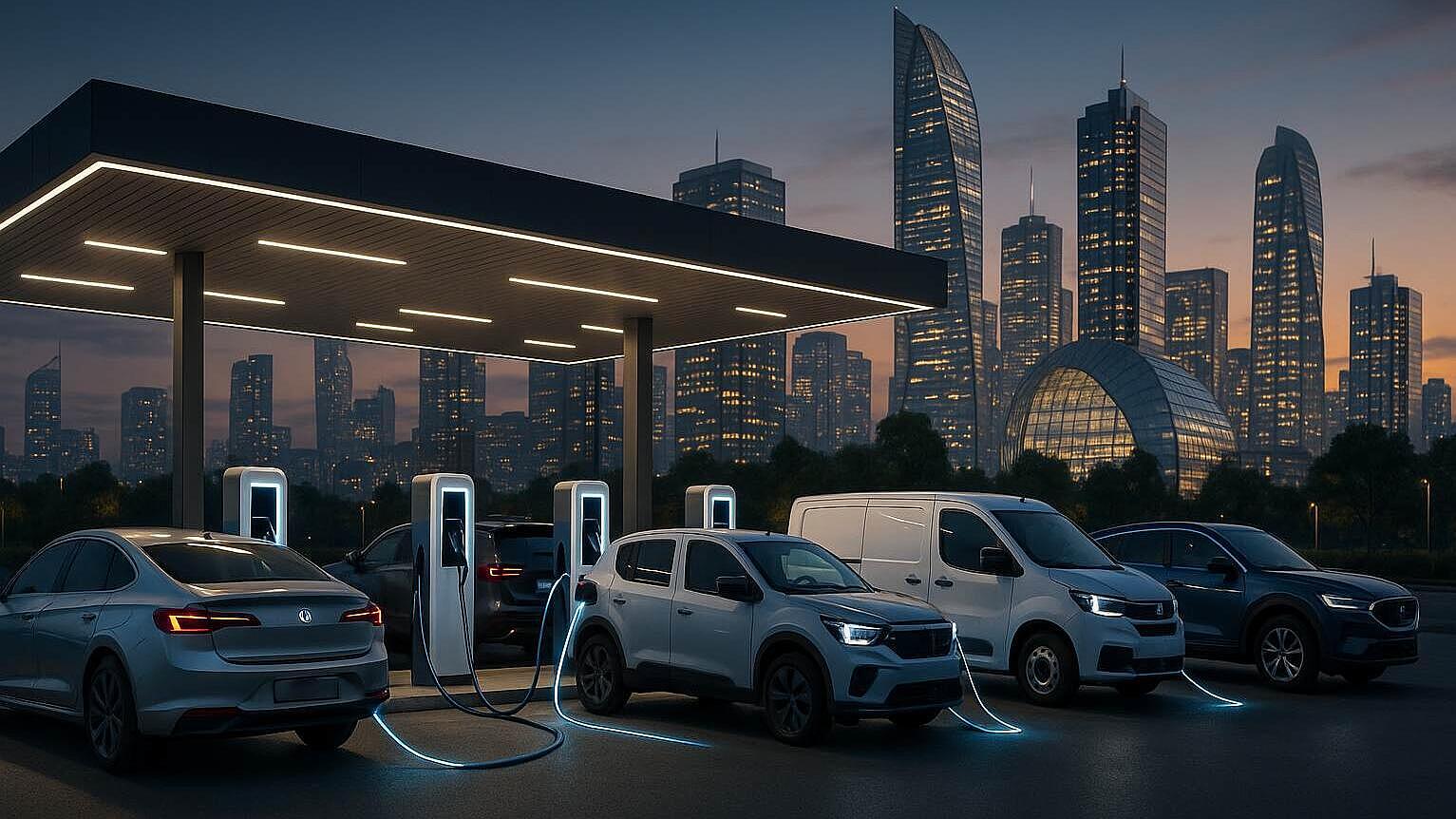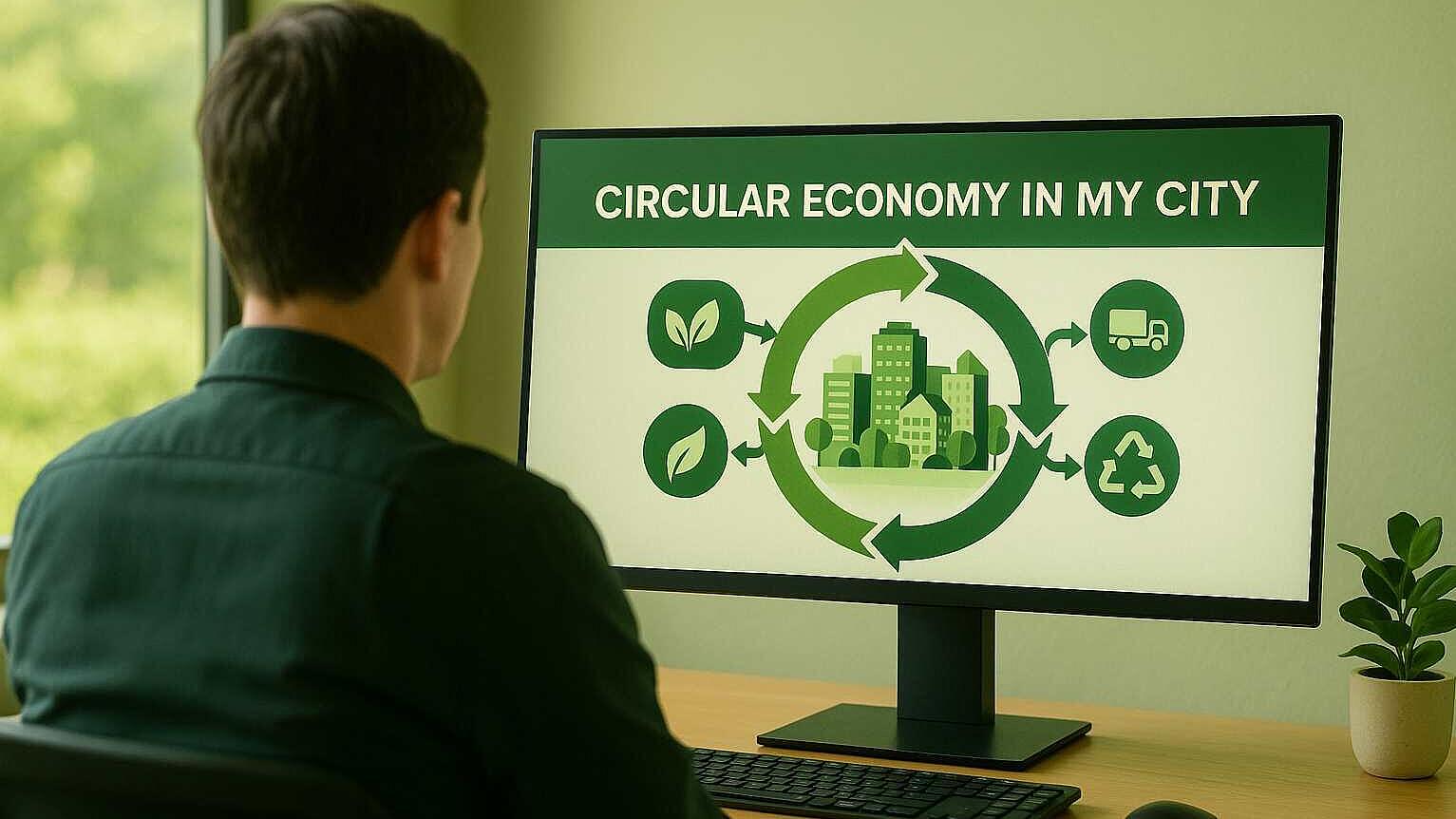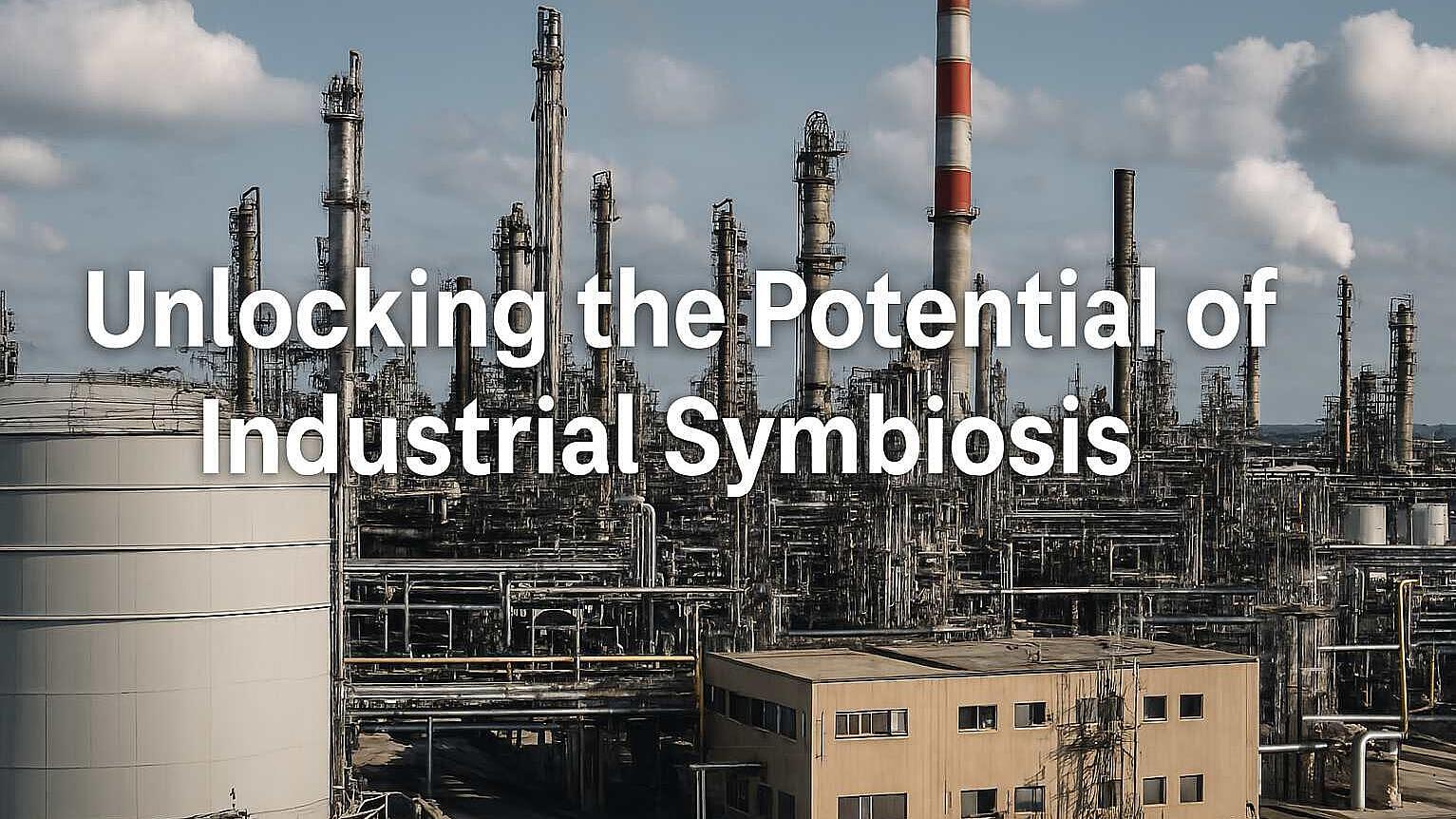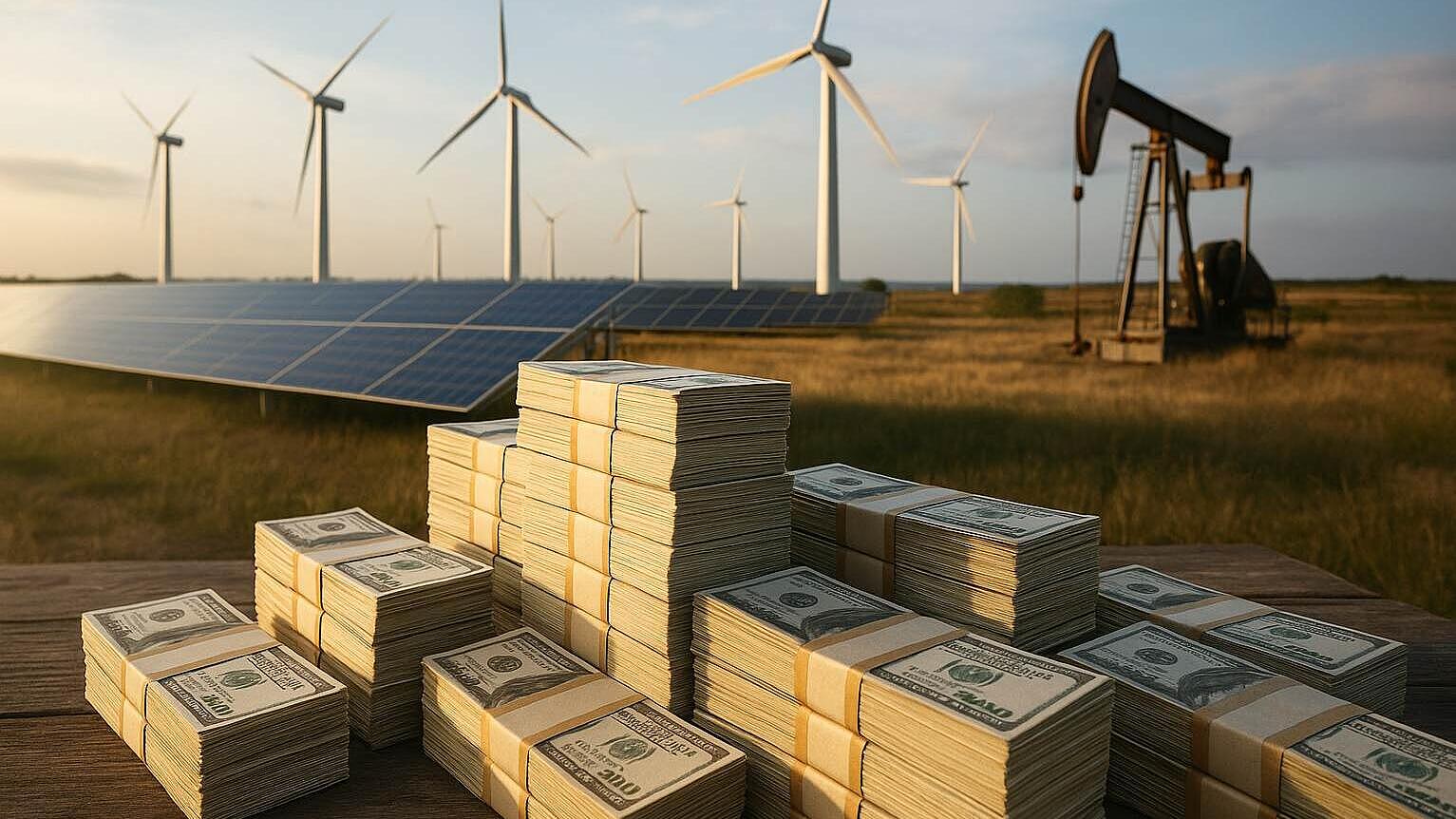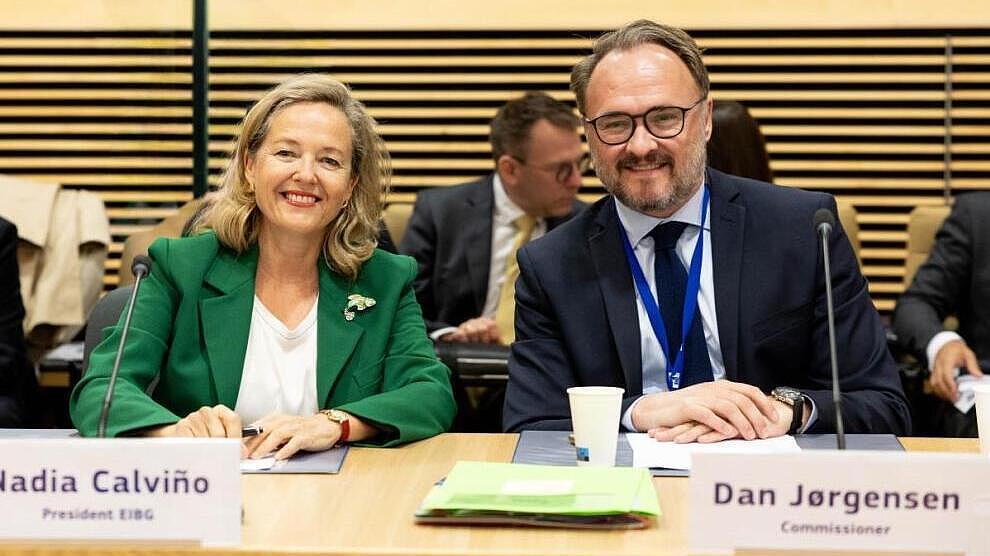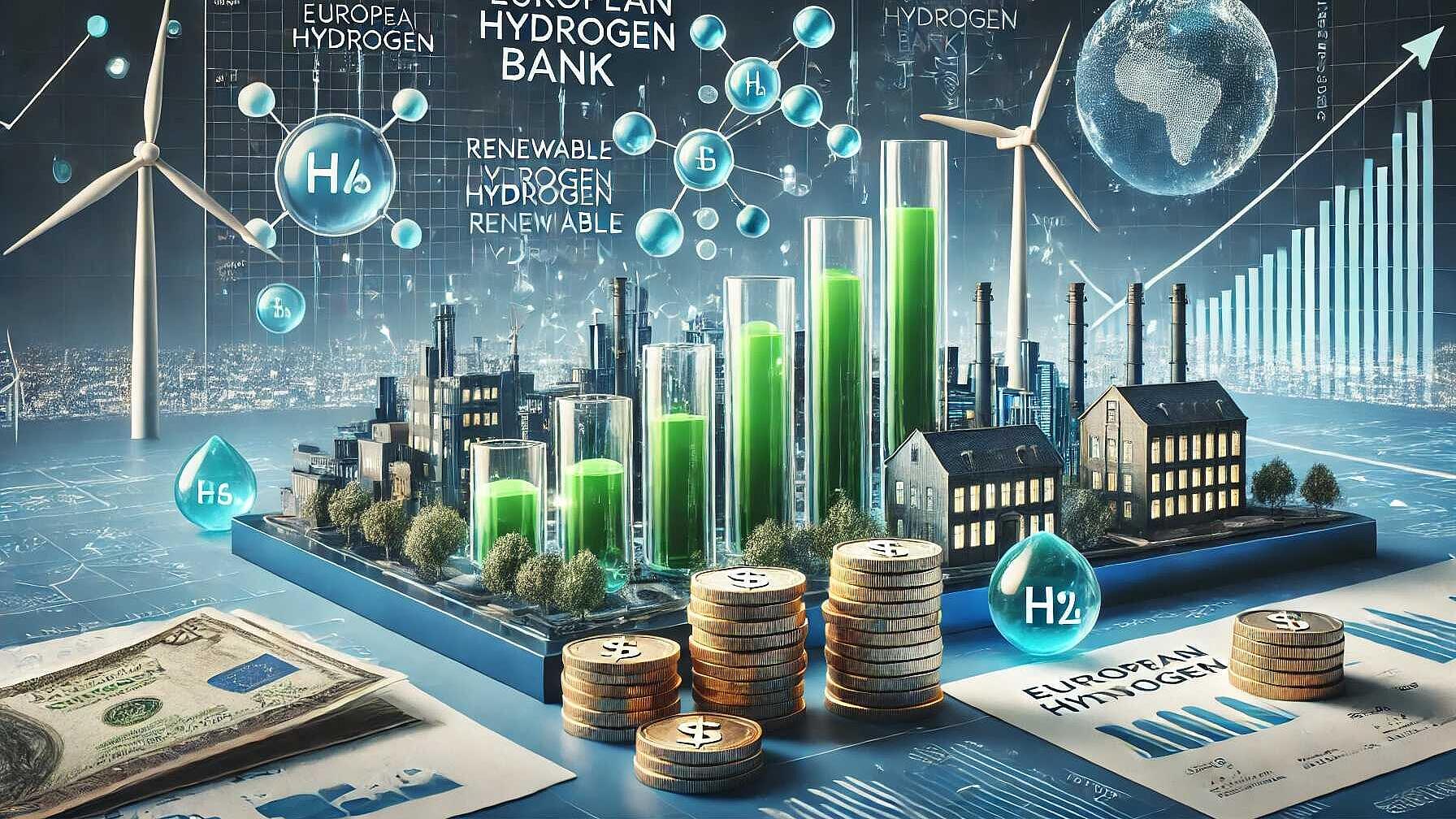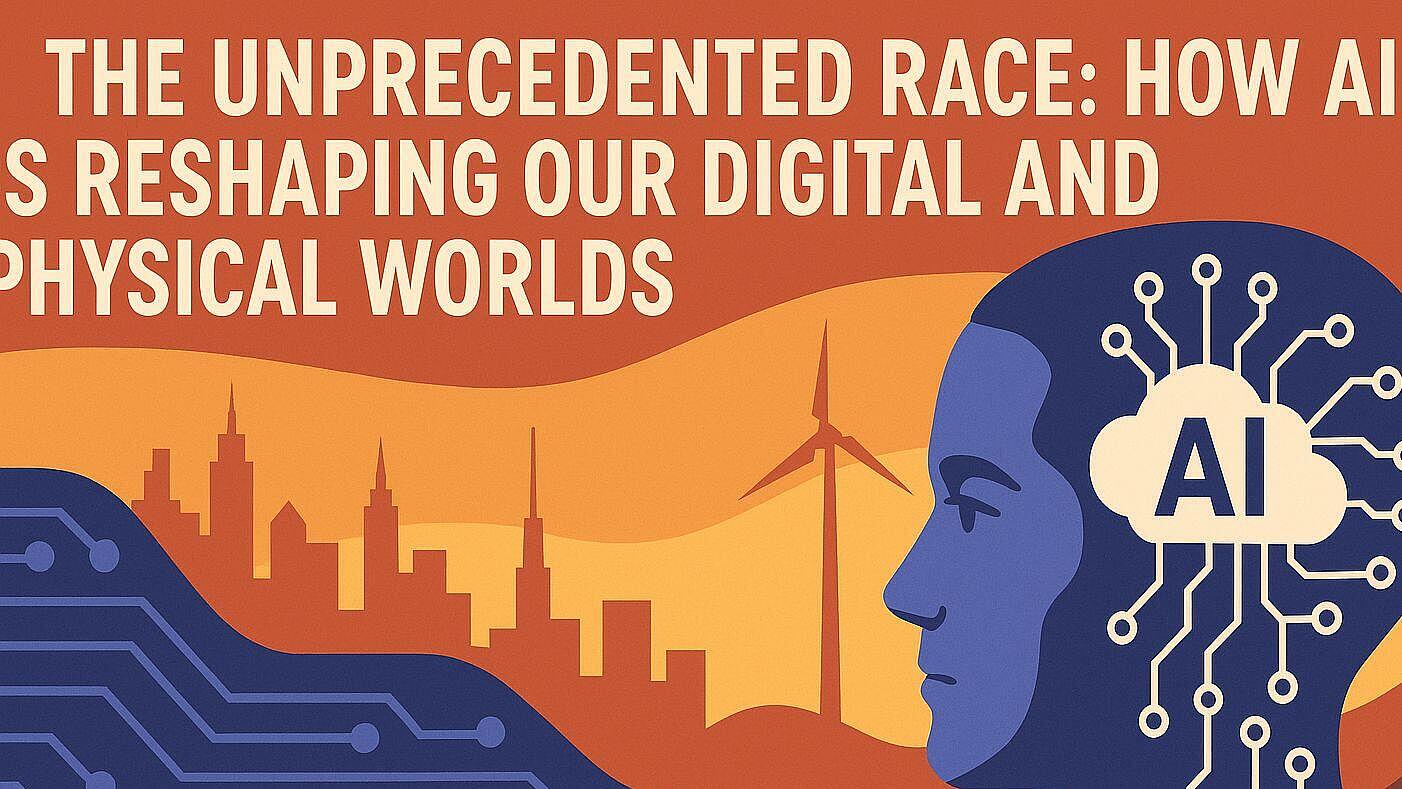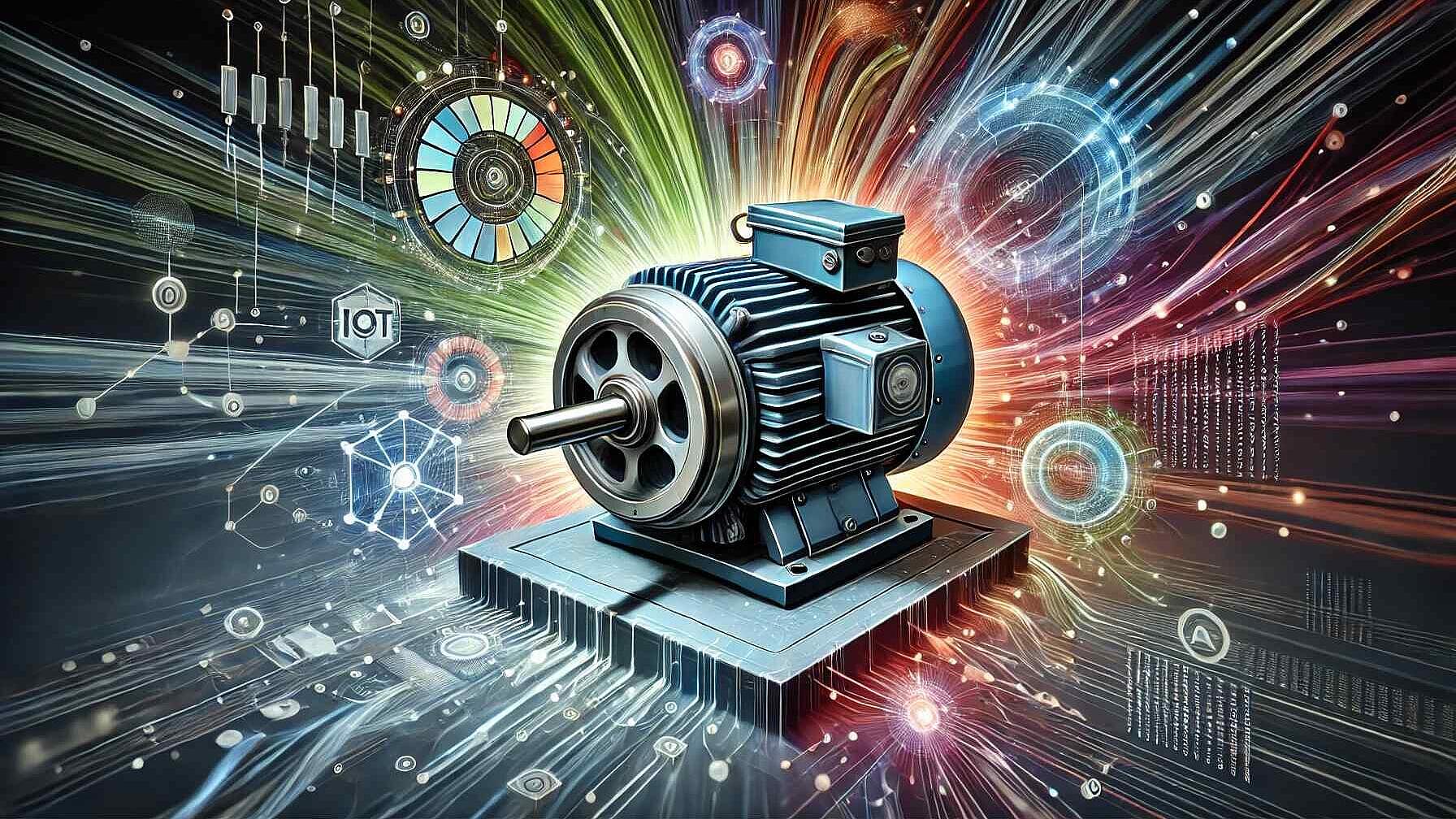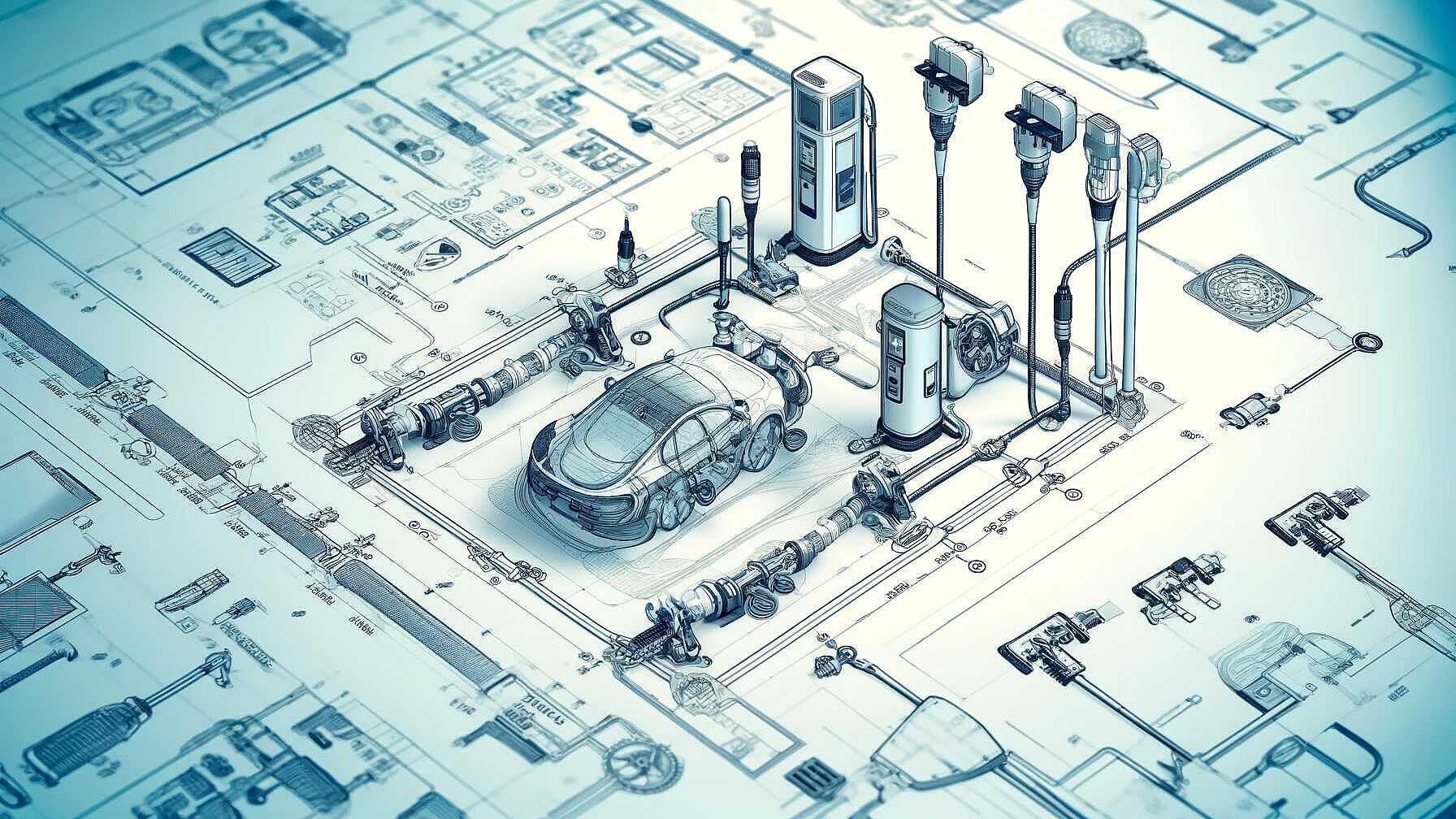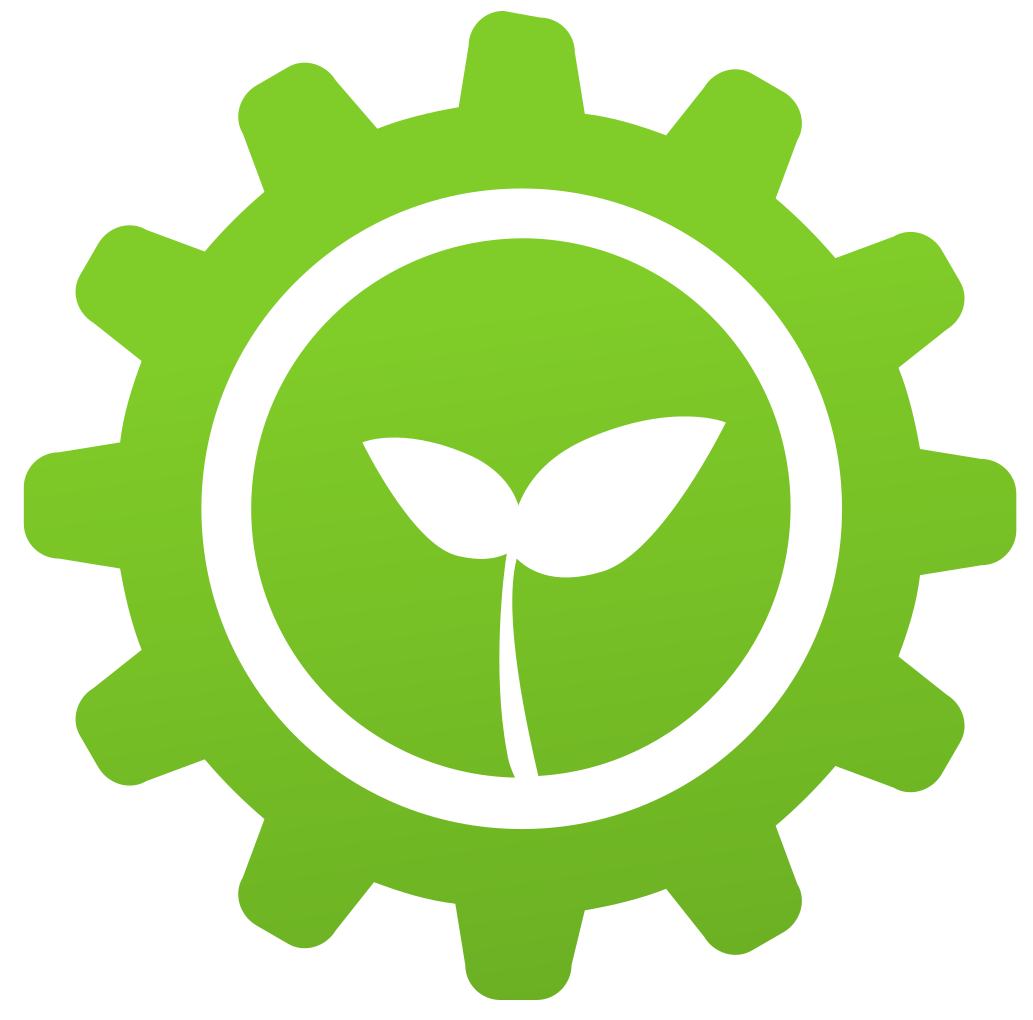 Energy Efficiency
is connected
Energy Efficiency
is connected
Digital Matchmaking for Industrial Sustainability: How Knowledge Platforms Enable Circular Economy
Industrial symbiosis is hindered by information management challenges rather than technological constraints. The CORALIS webinar highlighted the necessity for effective knowledge management to initiate and sustain industrial symbiotic relationships. Despite 32 digital tools developed since 2016, their effectiveness in real-world applications is uncertain. The Sharebox project created intelligent recommender systems to suggest resource-waste matches between companies with a maximum accuracy of 33%, limited by data scarcity, privacy concerns, and inconsistent waste classification. Economic viability also requires consideration of transportation, treatment, and transaction expenses. From an industry perspective, reliance on personal networks, such as in Greece, poses risks and limits the scope of partnerships. Digital platforms are proposed to augment human relationships, not replace them. The CORALIS project emphasizes a user-centric approach with matching mechanisms, community forums, and knowledge repositories, seeking integration with existing business systems. Regulatory advancements, such as the forthcoming Corporate Sustainability Reporting Directive (CSRD) and European Sustainability Reporting Standards (ESRS), are expected to foster conditions conducive to digital knowledge platforms by mandating detailed, digitally tagged sustainability reports. The success of such platforms will likely depend on trust-building, user-friendly interfaces, standardized data formats, consideration of transport costs, and a balance between automation and personal interaction. Future symbioses may combine technology to form initial connections with human efforts to maintain them, accelerated by policy-driven data transparency and standardization.
Read Full articleThe 2025 Energy Pivot: Navigating Europe's New Compliance Landscape for Business
EU energy policy enters a decisive implementation phase in 2025: voluntary goals become binding compliance. The recast Energy Efficiency Directive imposes audits and energy management by consumption thresholds, while RED III speeds renewable permitting and mandates industrial renewables and green hydrogen adoption.
Read Full articleSpace-Based Solar Energy: Harnessing the Sun's Power from Orbit
Space-based solar energy (SBSE) overcomes terrestrial solar power limitations, offering continuous, efficient energy. Despite high costs and ecological concerns, advances in technology and interest from ESA and CALTECH's SSPD indicate its promising potential for sustainable energy.
Read Full articleThe smart city puzzle: cities, platforms and service provider
Working in smart city projects requires to bring together different players in this very diverse eco-system, from IT to product suppliers, service providers, finance, social innovators and of course the cities with their various departments. A good way to start is looking at top notch smart city projects as well as knowledge, matchmaking and IT platforms.
Read Full article⚙ Business Practices
ORC-systems are helping to create a sustainable energy future
Organic Rankine Cycle (ORC) technology is being used in Sweden to transform waste heat into renewable electricity. The high efficiency and low maintenance way to produce sustainable electricity is being adopted by district heating systems around the world. Read how Ronneby.
Read Full Business PracticeRank Organic Rankine Cycle Technology with applications in Heat Recovery solution
ORC RANK has worked with SWEP to implement a heat recovery solution for electricity power generation. The activation range for the low-temperature equipment starts at just 85 °C. SWEPs heat exchangers are installed as economizers,.
Read Full Business Practice
